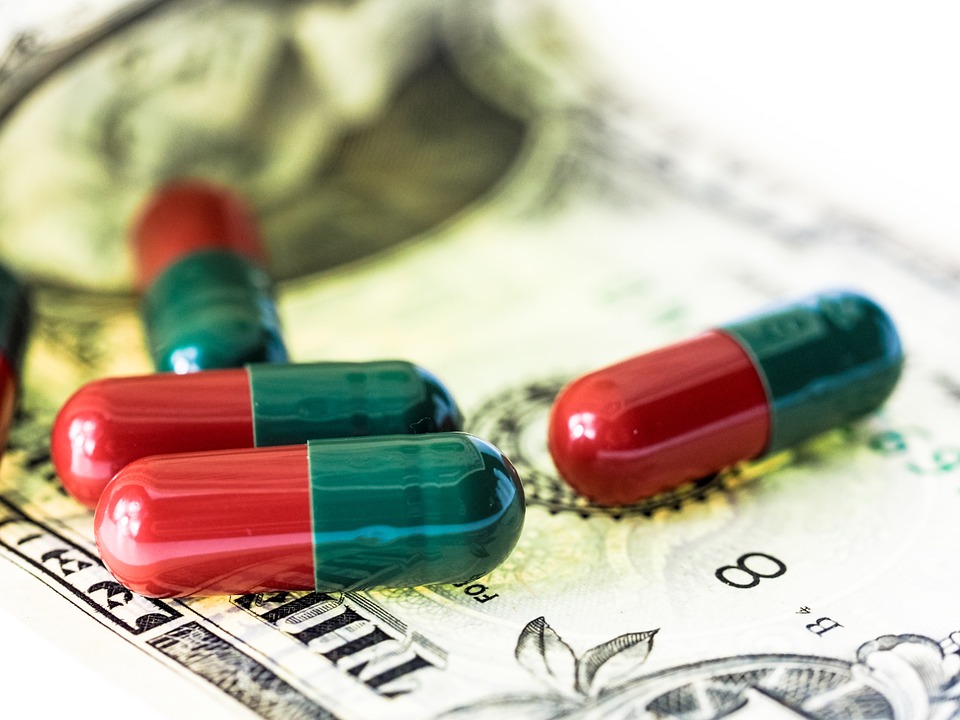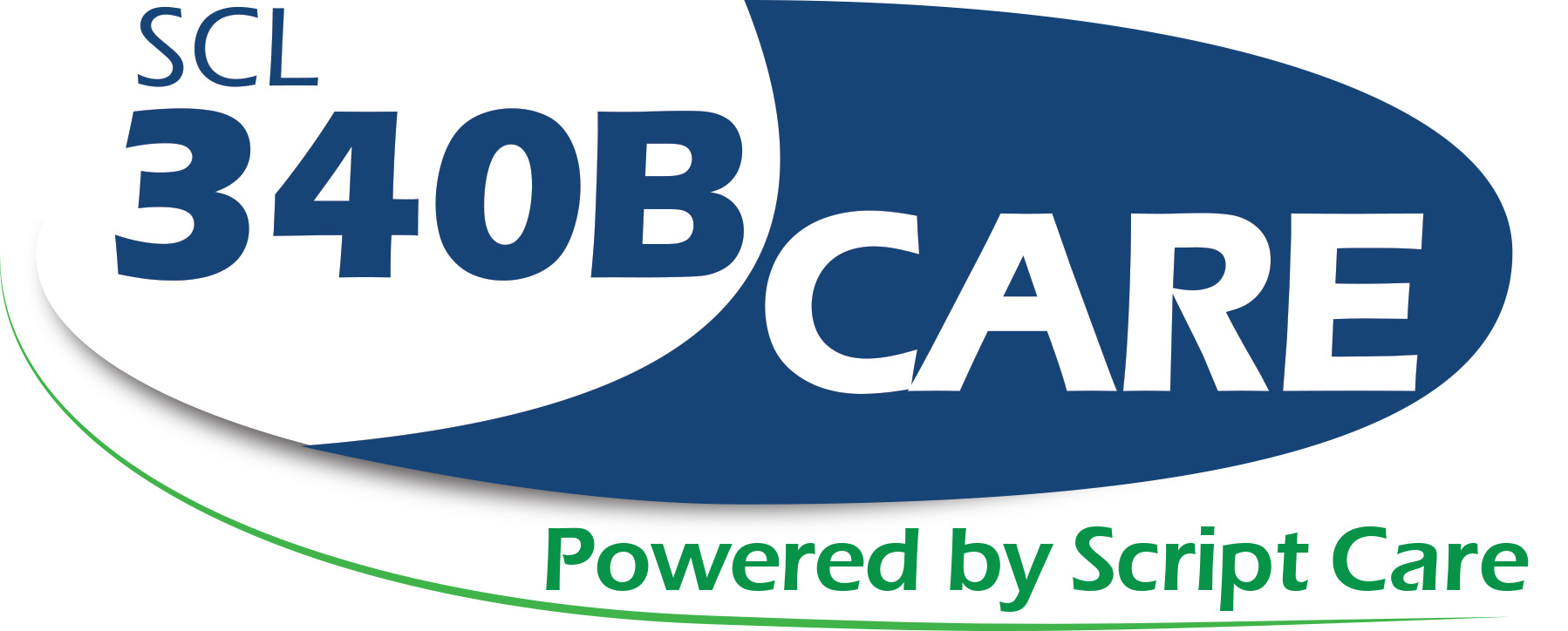
05 Sep HHS Effectively Lowers Drug Pricing
One year ago, The Medicare Negotiation and Competitive Licensing Act was introduced to increase transparency and allow the government to negotiate drug pricing with manufacturers. Recently, the Senate Finance Committee introduced the Prescription Drug Pricing Reduction Act of 2019 to address the high costs of pharmaceutical drugs. Similarly, the House is also looking to lower the costs of drugs with legislation. Speaker Pelosi is planning to release a bill in September that would permit Medicare to negotiate drug pricing with pharmaceutical manufactures directly.
Legislators obviously believe that negotiating power is the most effective way to lower drug costs. However, under the Medicare Modernization Act of 2003, the bill specifically stated that the HHS secretary could not interfere with negotiations between manufacturers, pharmacies, and plan sponsors.
That being said, ten years earlier lawmakers passed Section 340B of the Public Health Service Act. The program mandated that in order for medications to be covered by the Medicare and Medicaid programs, drug companies were required to enter into pharmaceutical pricing agreements with HHS.
Since then, HHS has successfully negotiated significant discounts with pharmaceutical companies. According to the department, it was able to secure a $45 medication for $0.01. Moreover, the hepatitis C drug, Harvoni, is listed at $94,500 and the 340B program receives a $70,500 discount.
Their bargaining ability is effectively lowering prescription drug costs. However, 340B is only applicable for medications from covered entities that are either government-owned or non-profit.
Since its introduction in 2005, the 340B program has grown. Originally, there were 583 participating entities and twelve years later there were 12,722. In 2017, the program accounted for 6 percent or $19.3 billion worth of drug purchases in the entire country.
The program’s expansion was in part a result of guidance that HHS released in 2010. It allowed hospitals to provide 340B drugs at community pharmacies in addition to hospital pharmacies. Thus, prescriptions qualified for 340B even if they were not filled on-site at the hospital.
Unfortunately, the savings from the program are not passed on to the consumer. After insurance pays for these prescriptions, the dispensing pharmacy sends 80% of the insurance payment to the prescribing doctor’s clinic. In return, the prescriber will then order the medication from a wholesaler at a discount and have it shipped to the pharmacy. This process is then repeated each time the patient refills the prescription moving forward.
While legislation efforts are putting an emphasis on government negotiating directly with drug manufacturers, HHS is effectively lowering drug costs through the 340B drug discount program. One in twelve prescriptions qualify under 340B yet patients are unaware of the lower costs negotiated by HHS. Passing these program savings onto patients could be the next step to lowering the cost of prescription drugs and improving transparency.
